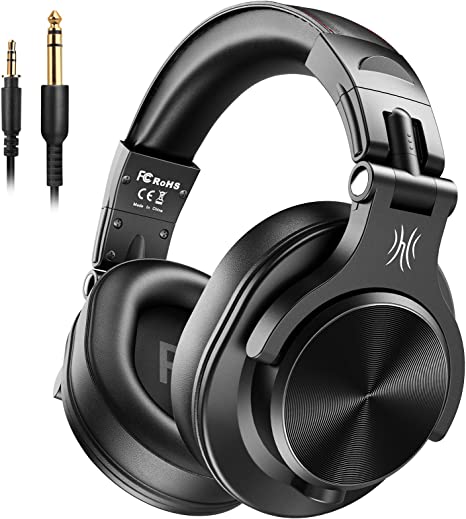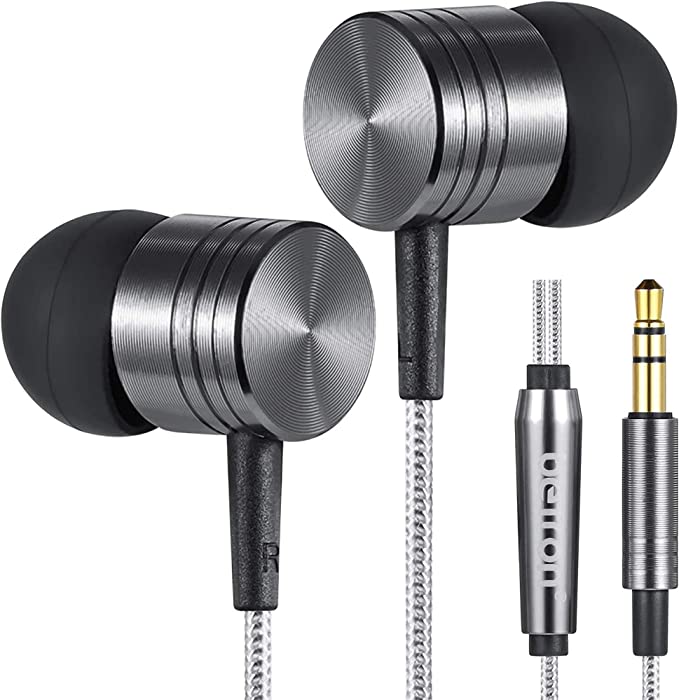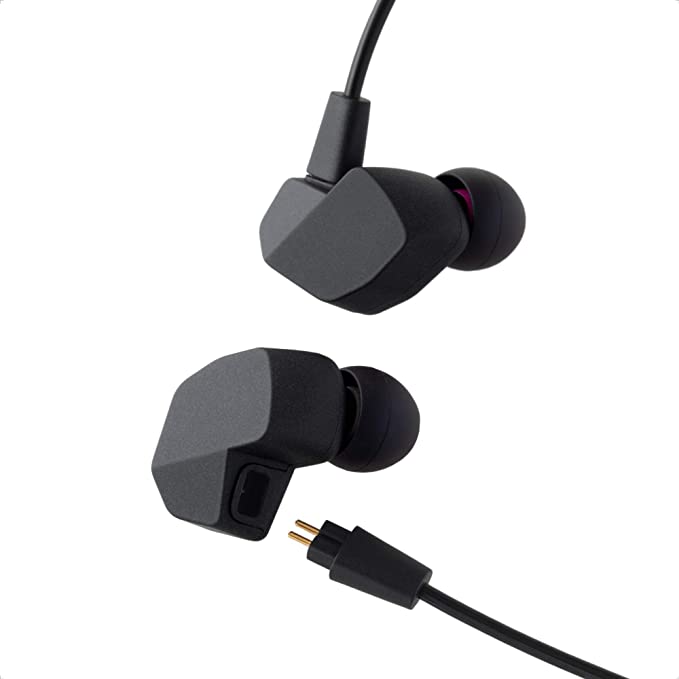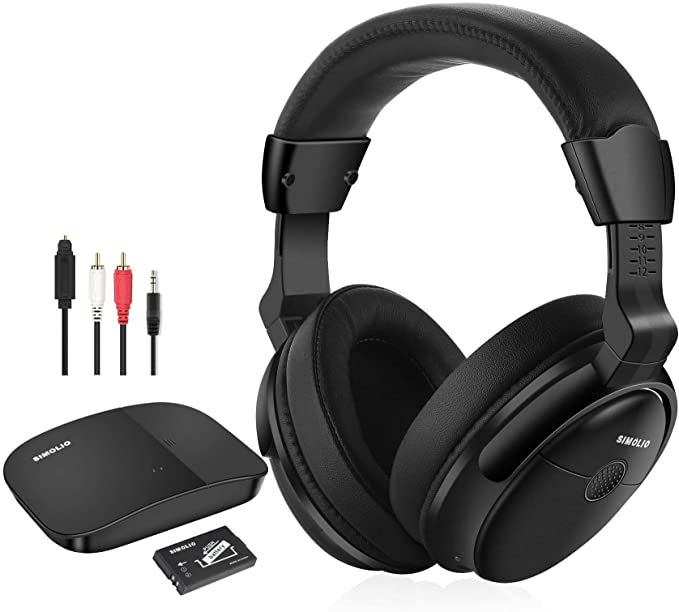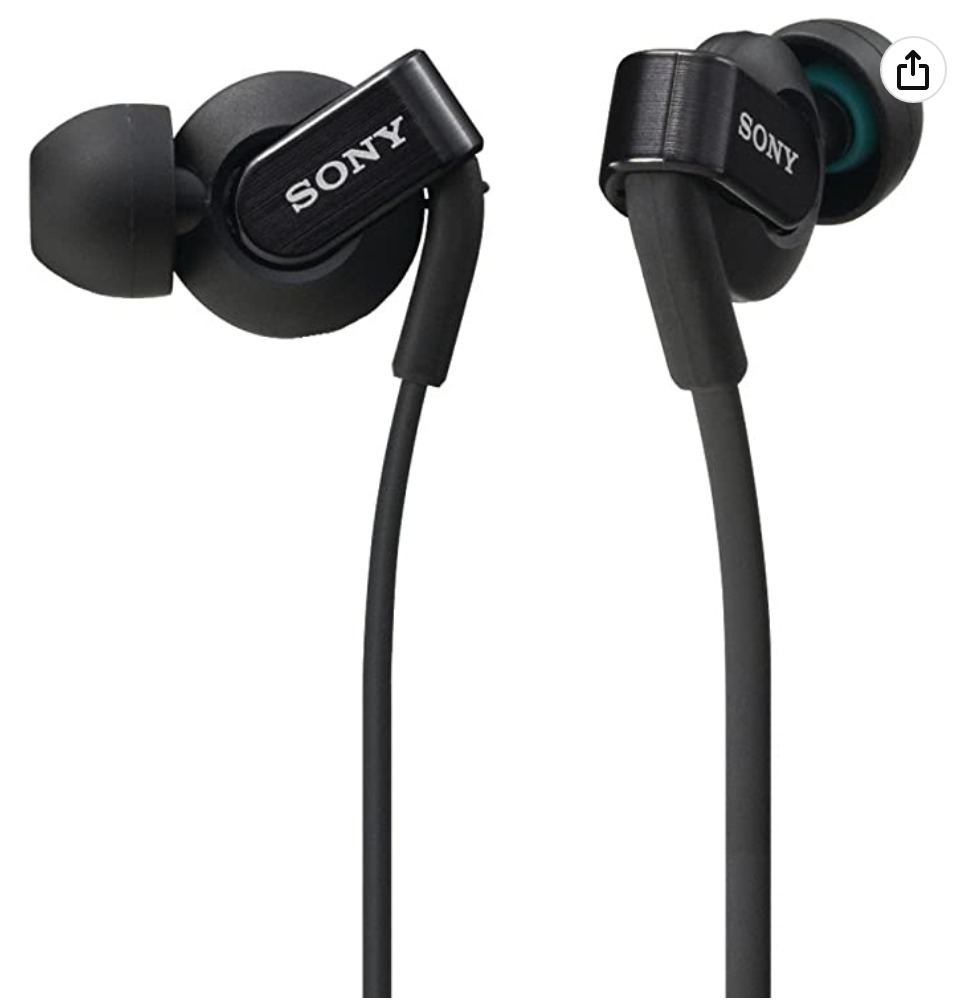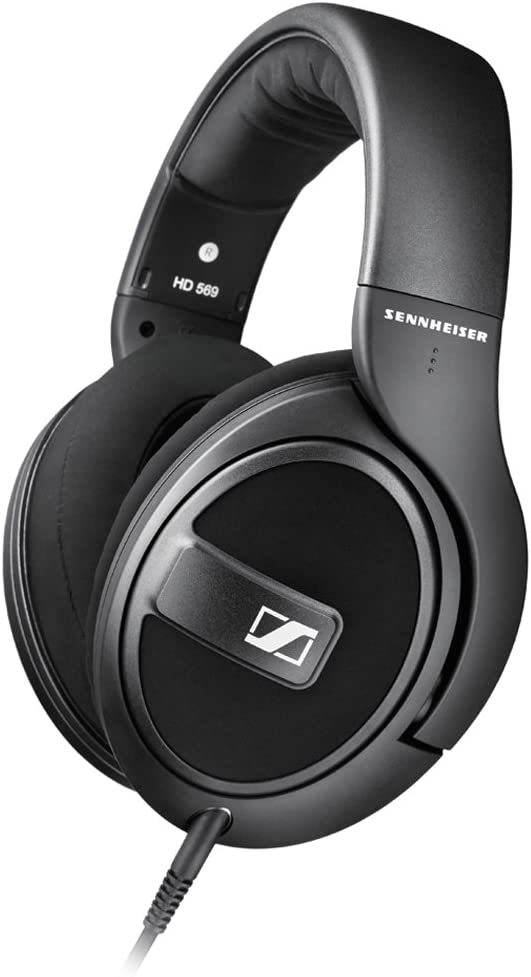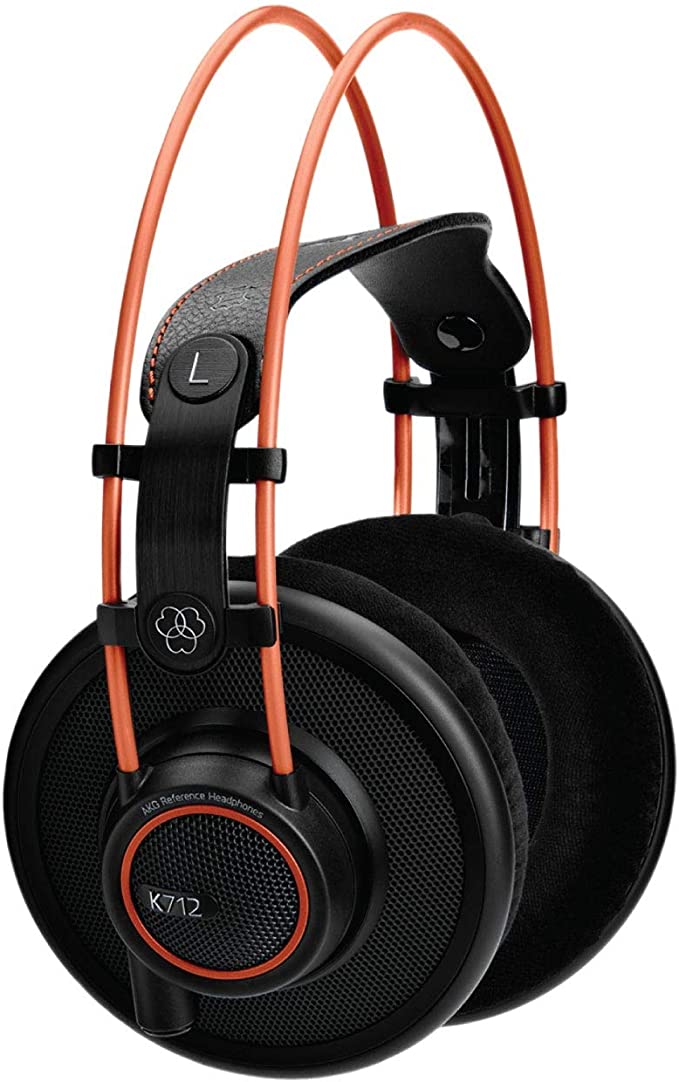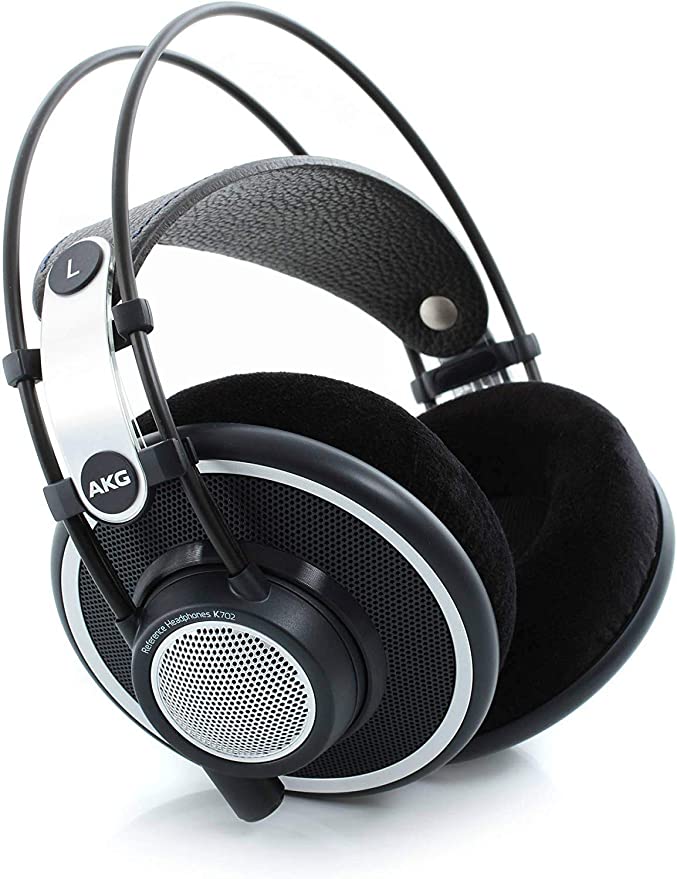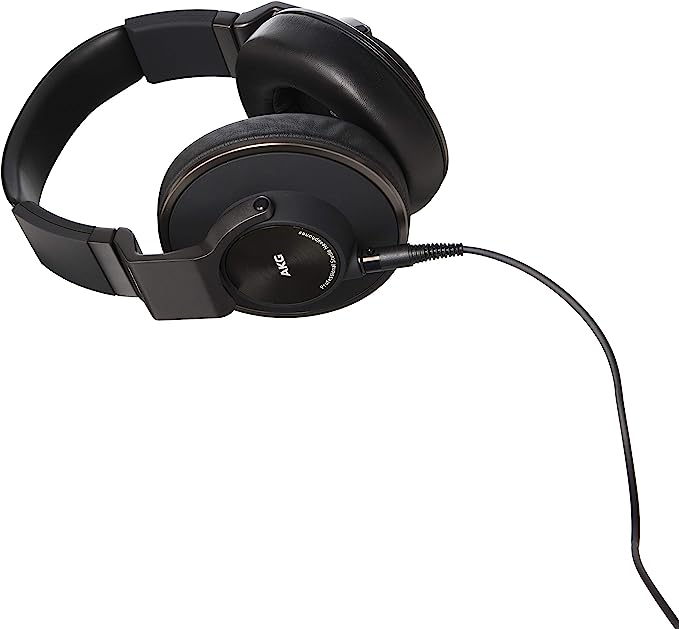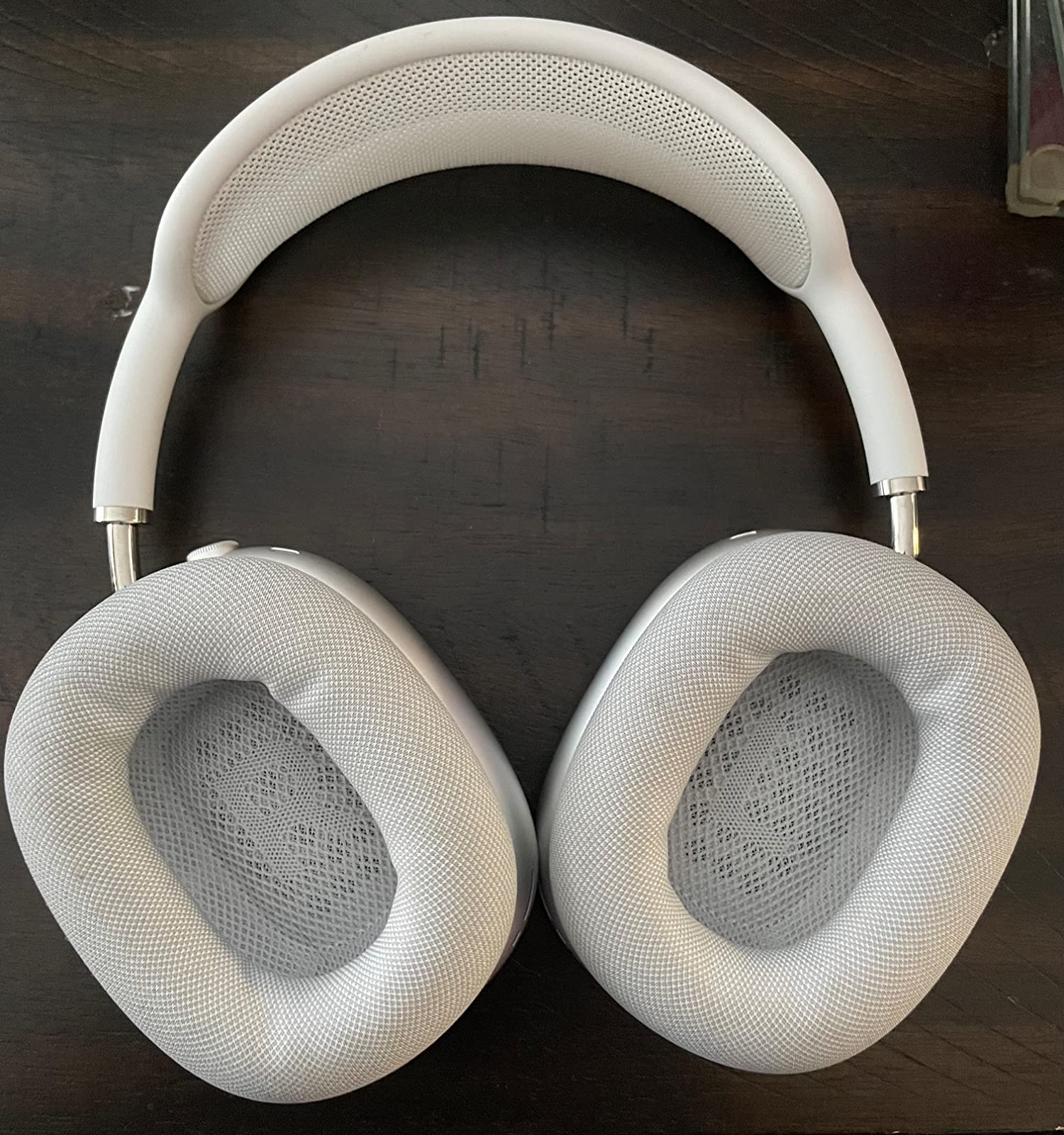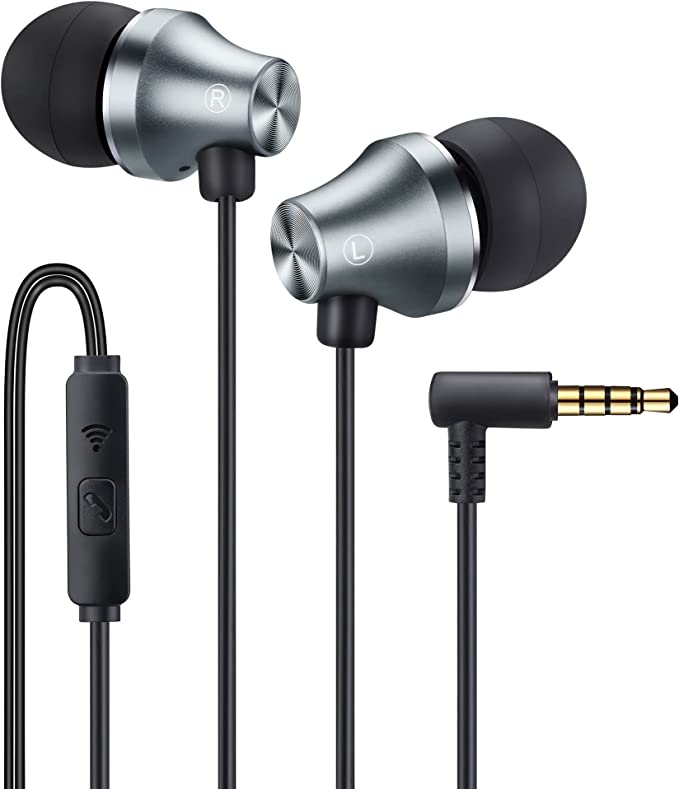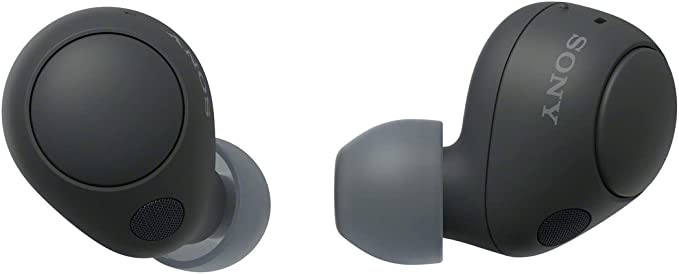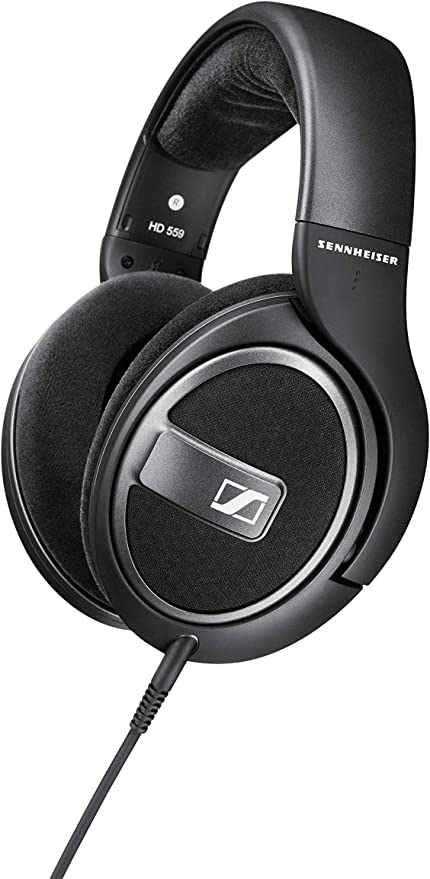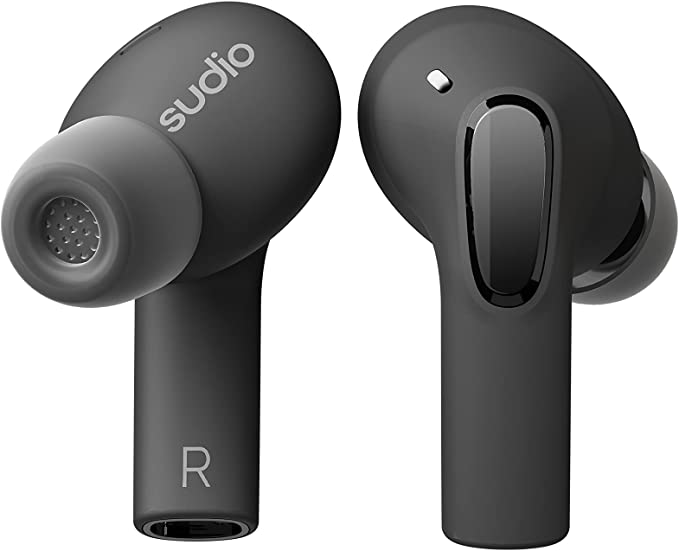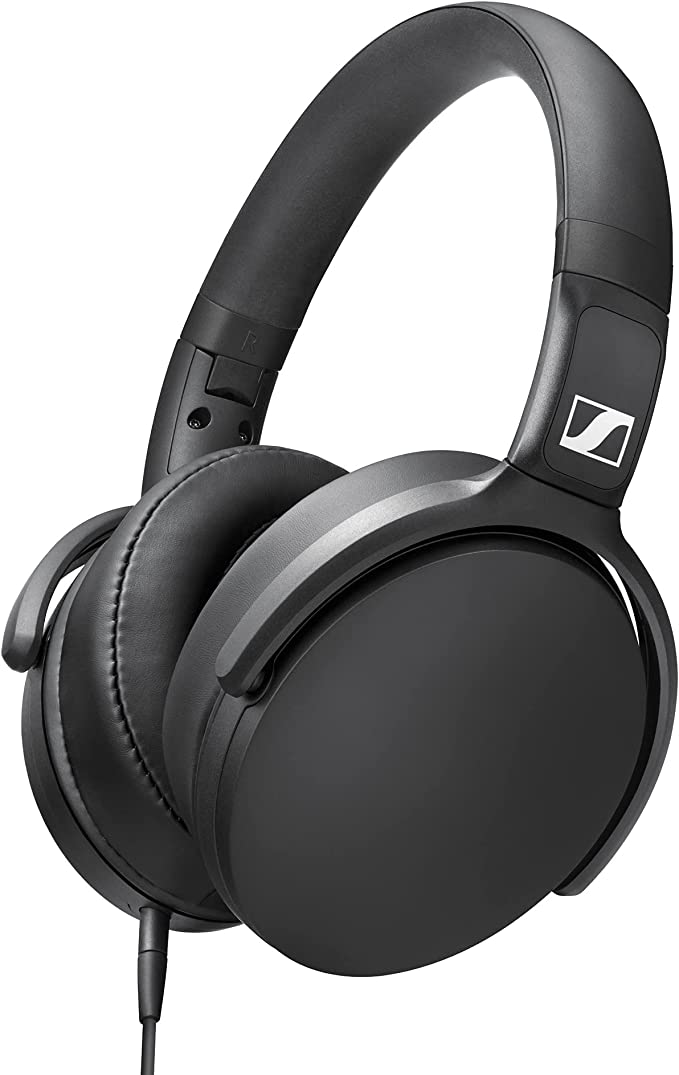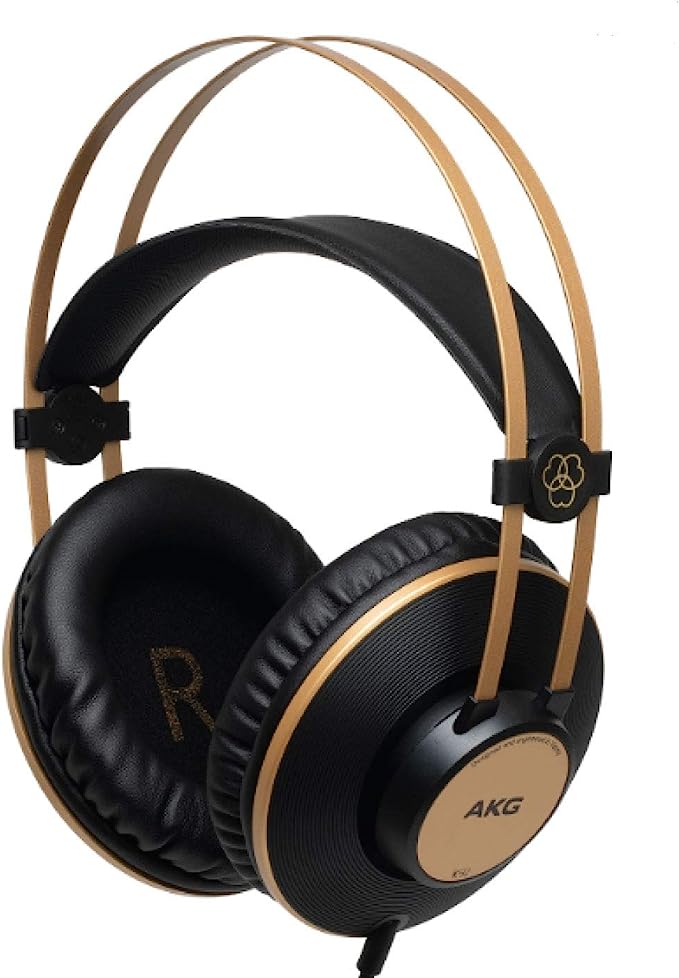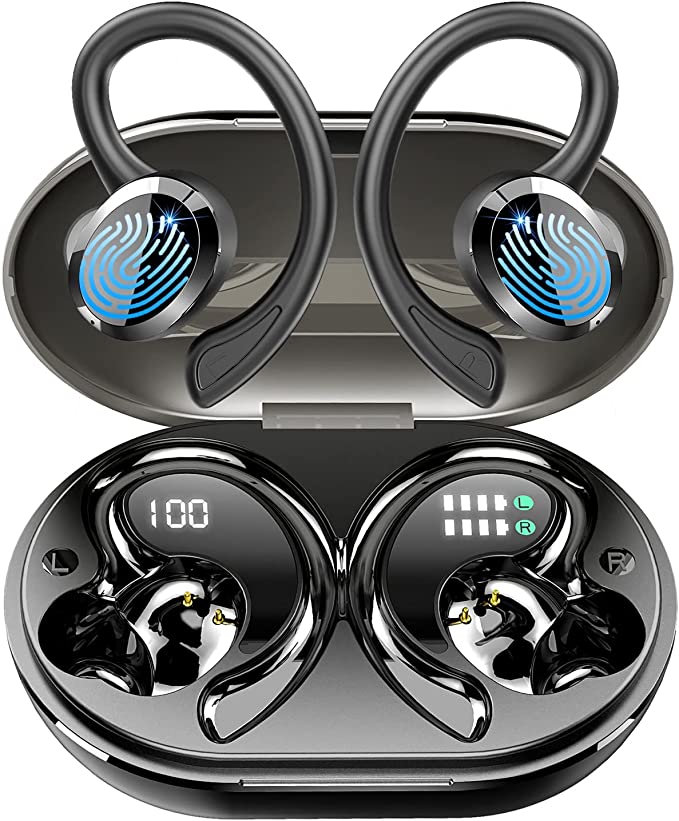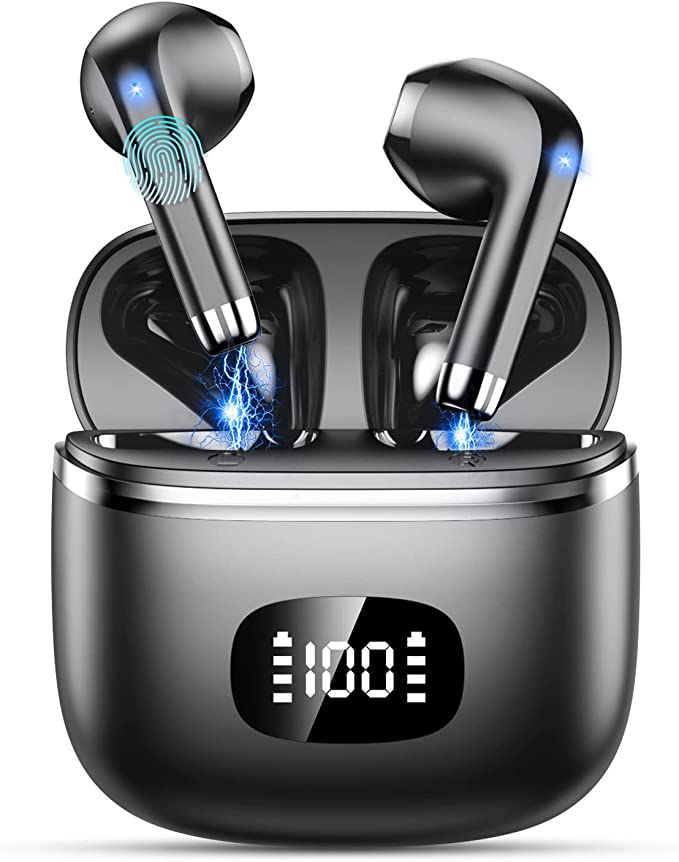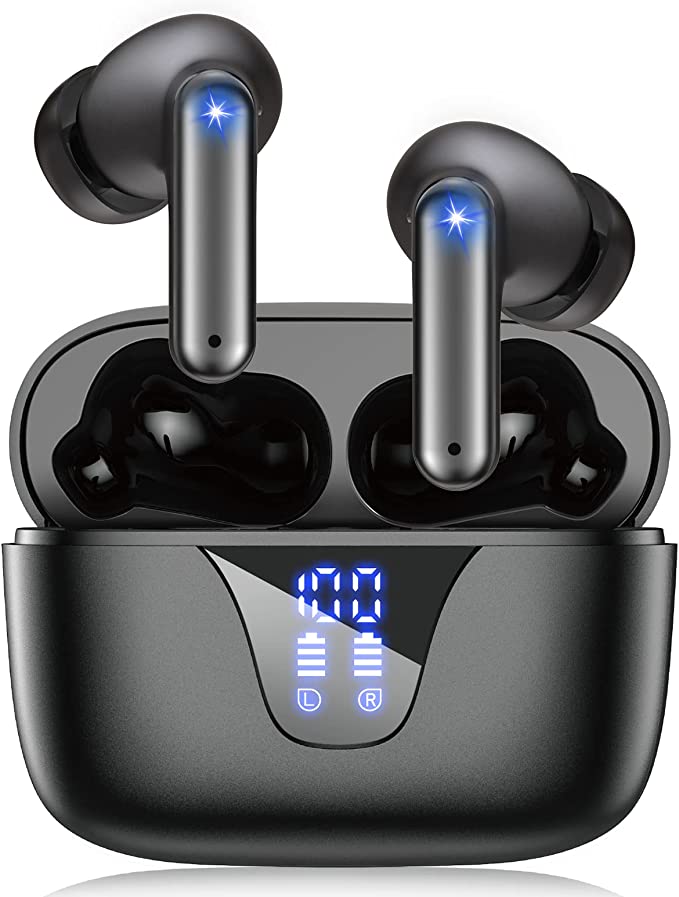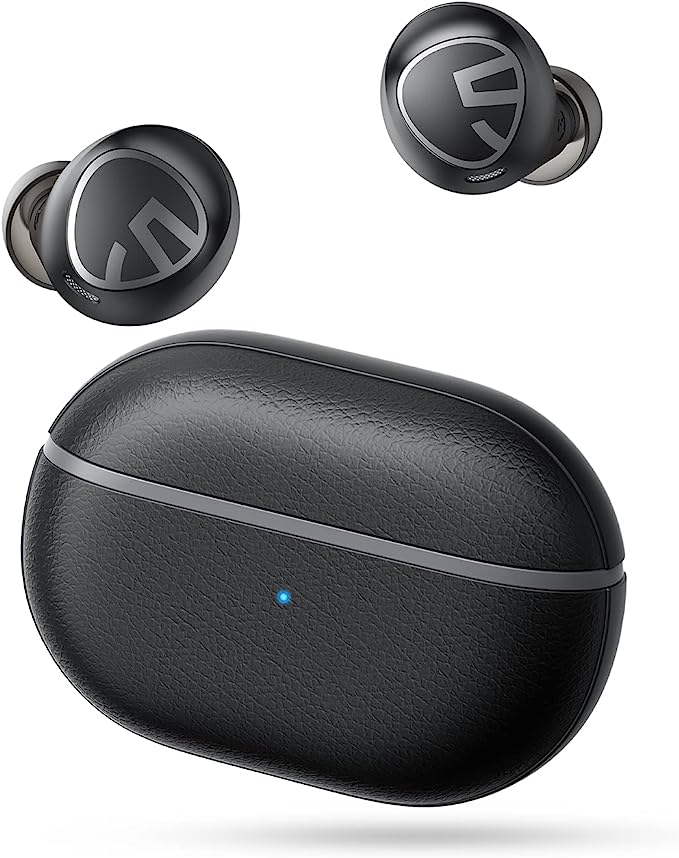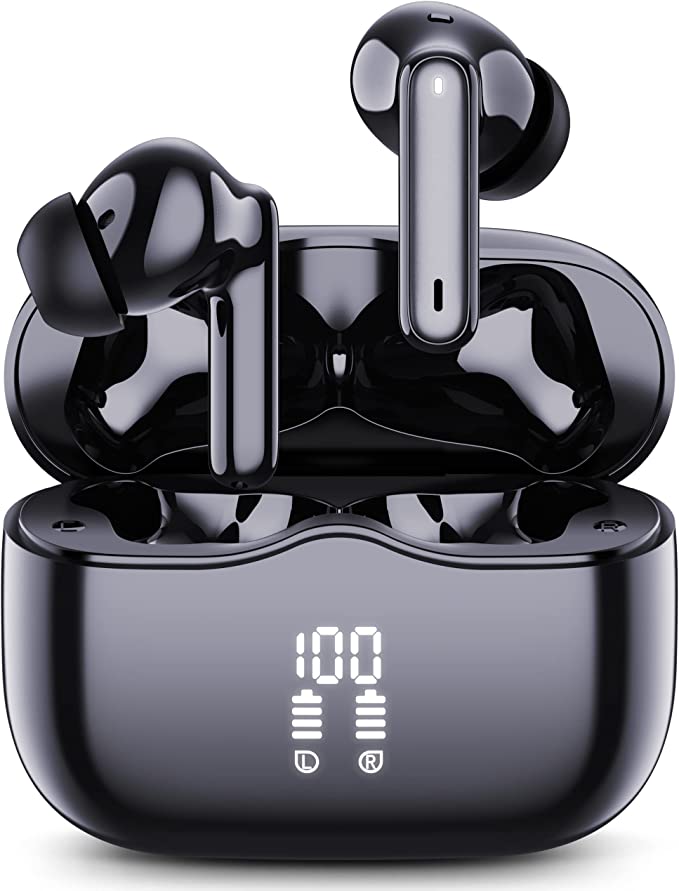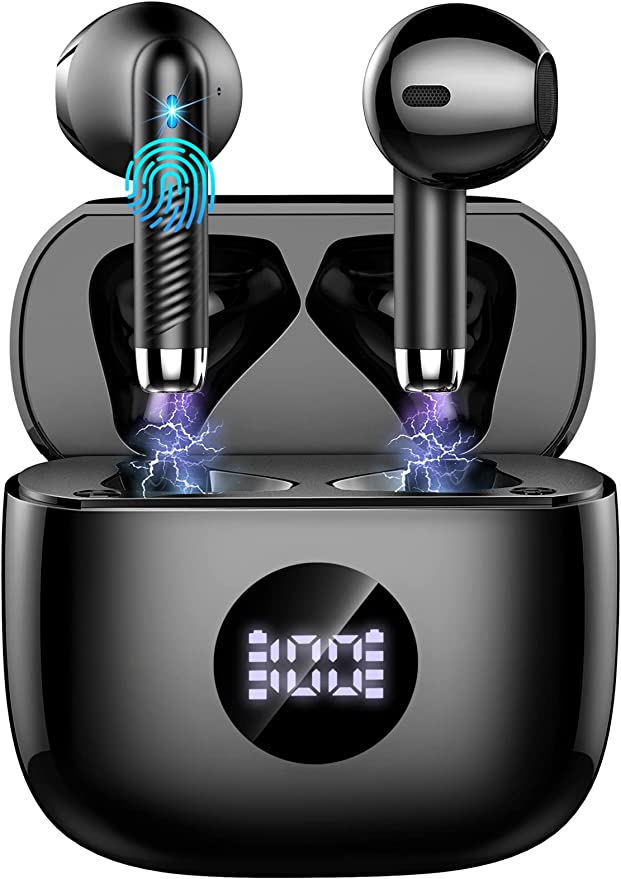LORELEI X8 Over-Ear Wired Headphones: Immersive Sound, Unmatched Comfort
Update on July 24, 2025, 2:47 p.m.
Place a pair of headphones over your ears, and the world transforms. The cacophony of a morning commute melts into the intricate soundscape of a favorite album. The four walls of your office dissolve, replaced by the immersive world of a podcast. This small act of creating a private universe is a modern ritual, a technological magic trick we perform daily without a second thought. But have you ever paused to consider the sheer depth of history and science packed into the unassuming device cradling your head?
Let’s take a specimen for our journey, an ordinary set like the LORELEI X8 Over-Ear Wired Headphones. It’s affordable, functional, and representative of the millions of units that connect us to our digital lives. We aren’t here to review it, but to dissect it—to use its components as a key to unlock a much grander story about human ingenuity, the physics of vibration, and the psychology of perception. This is the alchemy of audio, where base materials like plastic, copper, and magnets are transmuted into the gold of emotional experience.

An Ancestors’ Echo: From Iron Giants to Personal Bubbles
Before your sleek, lightweight headphones could exist, their ancestors were cumbersome, almost comical giants. The concept began not with music, but with communication. In the 1880s, telephone operators used massive single-earpiece contraptions that weighed several pounds. The first device resembling modern stereo headphones was patented by French engineer Ernest Mercadier in 1891, designed for similar professional use. For decades, they remained tools, not toys.
The real shift towards personal audio began in a Utah kitchen in 1910, when Nathaniel Baldwin, tinkering with spare parts, crafted a pair of remarkably sensitive headphones. He sold them to a skeptical U.S. Navy, which quickly realized their value in amplifying faint radio signals. Yet, for the average person, listening to music was still a communal act, centered around a living room radio or record player.
The true revolution arrived with the Sony Walkman in 1979. Suddenly, your personal soundtrack was portable. This wasn’t just a technological leap; it was a sociological one. The “Walkman effect” was born, allowing individuals to curate their own auditory environment while moving through public space, a phenomenon that has defined urban life ever since. Today’s LORELEI X8 is a direct descendant of this legacy, the result of a century of shrinking, refining, and democratizing the personal sound bubble.

The Heartbeat of Sound: Inside the Dynamic Driver
At the core of every headphone lies its engine: the driver. It performs a single, miraculous task: converting electrical energy into physical sound waves. The LORELEI X8, like the vast majority of over-ear headphones, uses a 40mm dynamic driver, a marvel of electromechanical engineering.
Imagine a miniature loudspeaker. Inside, a powerful, permanent Neodymium magnet creates a fixed magnetic field. A lightweight, movable voice coil, wrapped in fine copper wire, is attached to a flexible cone called a diaphragm. When your phone sends an audio signal—which is just a complex electrical current—it flows through the voice coil. This current generates its own fluctuating magnetic field, which pushes and pulls against the permanent magnet’s field. The coil, and with it the diaphragm, vibrates with incredible speed and precision, thousands of times per second.
These vibrations disturb the air, creating pressure waves that are a perfect physical analog of the original electrical signal. These waves travel into your ear, and sound is born. The 40mm diameter of the diaphragm is crucial. To create low-frequency sounds (bass), you need to move a significant amount of air. A larger diaphragm can do this more effectively than a smaller one, which is why over-ear headphones generally produce a richer, more powerful bass response than tiny earbuds. The goal of a well-engineered driver is to reproduce the original signal with high fidelity, minimizing any unwanted vibrations or distortions—a concept known as Total Harmonic Distortion (THD).

The Ghost in the Machine: Why You Hear With Your Brain
Here is where things get truly fascinating. The headphone driver produces physical sound waves, but the experience of hearing—the perception of melody, the richness of a voice, the sense of space—happens entirely within your brain. This field of study is called psychoacoustics, and it’s the ghost in the audio machine.
Your ears are not uniform microphones. A foundational concept in psychoacoustics is the Equal-loudness contour (also known as the Fletcher-Munson curves). These curves show that human hearing is most sensitive to frequencies in the mid-range (around 2-5 kHz), the same range as human speech and a baby’s cry. We are less sensitive to very low and very high frequencies. This means that for a deep bass note and a sharp cymbal crash to be perceived as equally loud, the bass note must be produced with significantly more physical energy. Audio engineers use this knowledge to “voice” headphones, sometimes slightly boosting the bass and treble to create a sound profile that our brains find more balanced and pleasing.
This is also why two technically different headphones can be equally enjoyable. One might have a “flat” frequency response, reproducing all tones with clinical accuracy, appealing to a studio engineer. Another might have a “V-shaped” curve with boosted bass and treble, creating an exciting, energetic sound that a rock music fan might love. There is no single “perfect” sound, only a perfect sound for you, dictated by the unique collaboration between the headphone’s engineering and your brain’s interpretation. This is the art within the science, shaping physical waves to craft a specific perceptual experience.

The Architecture of Comfort: The Science of Touch and Silence
A brilliant sounding headphone is useless if it feels like a medieval torture device. The comfort of a design like the X8’s is a deliberate exercise in ergonomics and polymer science.
The circumaural (over-ear) design is the first step. By placing the cushioned cups around the ear, it distributes the clamping force across the skull, a much less sensitive area than the delicate cartilage of the ear itself. The material of the earpads—typically a synthetic PU leather filled with memory foam—is chosen for its specific properties of compression and rebound, conforming to the unique shape of your head without creating painful pressure points.
This physical structure also provides passive noise isolation. Any physical object creates a barrier to sound, but some are better than others. The principle at play is acoustic impedance—a measure of how much a material resists the passage of sound waves. The dense, non-porous earcups and foam pads have a much higher acoustic impedance than the air around you. When external sound waves hit the headphones, a significant portion of their energy is reflected away, while the rest is absorbed and dampened by the material. This creates a quieter listening environment without any electronics, allowing you to enjoy your music at safer volumes.

The Art of the Possible: Engineering on a Budget
Finally, we must appreciate the silent genius embedded in any affordable, mass-market product: the art of the engineering trade-off. Creating a device like the LORELEI X8 is a constant balancing act between performance, durability, features, and, above all, cost.
Consider the 1.45m nylon-braided cable. Why nylon? This choice from polymer science provides superior abrasion resistance and a lower friction coefficient than standard PVC, making it less prone to tangling and more durable in the long run. The 3.5mm plug is another example—a century-old standard that remains because it is robust, reliable, and universally compatible, requiring no complex, costly electronics.
Conversely, the user-reported limitations found in Q\&A sections—the lack of an integrated volume control, a microphone that may fail over time—are not necessarily flaws, but conscious design choices. Each additional feature adds cost and complexity. The engineers likely made a calculated decision to invest the limited budget in the components most critical to the core experience—the drivers and the comfort—while simplifying auxiliary features. This isn’t about cutting corners; it’s about a disciplined focus on delivering the best possible primary function for the price.

A More Intentional Listening
The journey from a slab of plastic and a coil of wire to a personal emotional soundscape is a long and brilliant one. The everyday headphone, as exemplified by our LORELEI X8 specimen, is not a simple gadget. It is a pocket-sized museum of technology, containing echoes of military history, principles of physics, marvels of material science, and deep insights into the psychology of human perception.

The next time you put on your headphones, take a moment. Don’t just hear the music; listen to the device itself. Listen for the ghost in the machine, for the century of engineering and the artistry of compromise that conspire to bring you that sound. In doing so, you transform from a passive consumer into an active, intentional listener, and the whole world of audio will sound richer for it.
